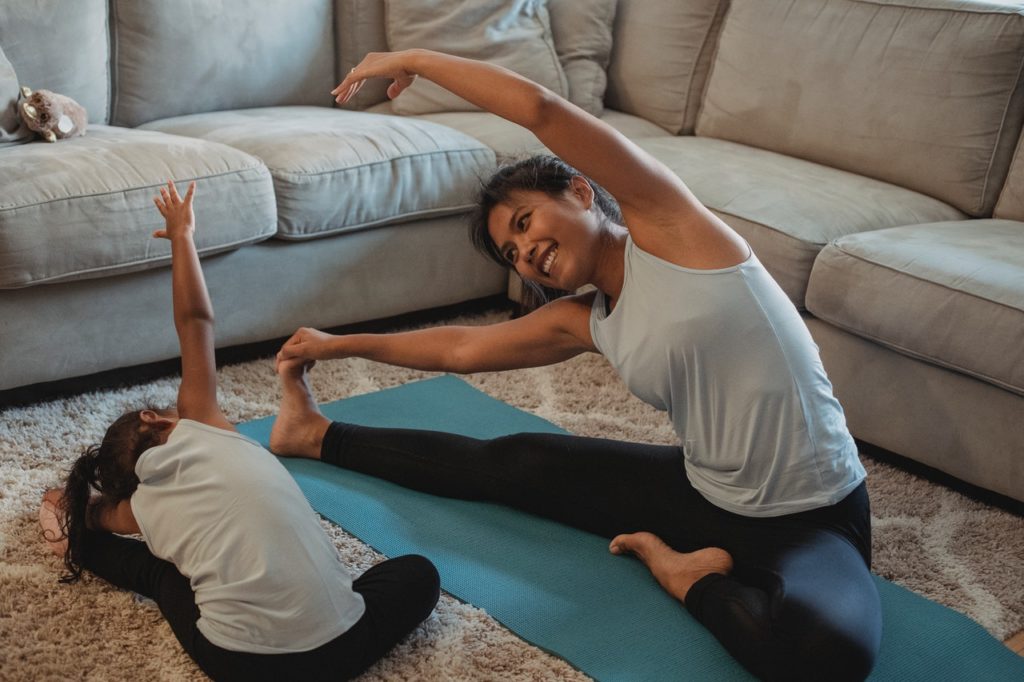General Information
How to Motivate Your Child to Try Harder In Sports
You do not need patience to work or play with a child. The secret is that you have to present tasks at the correct level for the child. The child will then enjoy the learning process and enjoy participation. It’s easy to motivate your child when you know how!
Does this still sound a bit challenging?
How to motivate your child to try harder in sports. Let us explain how it works. Say you want to teach your child how to hit a ball with a bat. (This is important if you want him to play tennis/cricket with his peers).
Every now and then you get a child who is really good at this and finds it very easy. But often it is a challenge for a child.
The trick is to really observe the child closely when he tries to hit the ball. One or more of the following might be seen.
Perhaps the child:
- Doesn’t follow the ball with his eyes (poor eye tracking)
- Doesn’t swing the bat properly (poor mid-line crossing – see our article on crossing the midline)
- Has difficulty holding the bat (poor muscle tone or strength in the arms)
- Has difficulty swinging the bat effectively (poor communication between the two sides of the body. See our article on brain bridging)
- Looks clumsy (poor core muscle strength and/or poor balance)
We’d like to make it clear that when addressing one or more of these problems, practicing the same movements every day might not be the best option. Your child might be discouraged, disappointed and be reluctant to do the exercises.
There is Help to Motivate Your Child
Experts agree that clumsy children have many challenges because they find movement and exercise difficult. You need to help your child to be active and to enjoy movement. This will not happen if your child experiences failure or fatigue when exercising.

You can be rest assured that you, too, can follow the developmental sequence by using the CoordiKids program known as Home course! And you will see that you can, for example, use simple eye tracking exercises or core muscle strength exercises to develop the underlying issues in your child’s development.
Home course activities are fun and your child will experience success. When all skills are developed, your child will find it easy to use the bat!
Sensory Motor Skills
As therapists, we work on the underlying sensory motor issues (as compiled in the Home course program) and then reports like these start flooding in:
The child has:
- improved handwriting
- now progressed to the next level in swim school
- started making new friends
- become more emotionally mature than before
How amazing is this?
Encouraging Optimal Development
We need to remind you again that if we follow the normal developmental phases, present exercises at the correct level, the child is sure to learn and develop! As therapists we choose activities that are fun for the child but also activities that encourage optimal development.
When you follow the CoordiKids program, you’ll find that your child develops and matures without ever having problems with the exercises. Your child will follow the program, starting at a sensory level and move through the 8 levels to the sensory motor phase, without experiencing failure.
Your child’s comments might include some of these, which we often hear in therapy sessions:
- This is fun!!
- It was easy!
- Wow! I never thought I would be able to do this!
- Can I come every day?
- I received an award at school!
- I’m now two levels up in swimming!
Are you still wanting more secrets? Let us tell you, when children face challenges, they can be very creative in the way they avoid it. However, if the task is a little bit of a challenge but one that they can meet, they enjoy participating. This is the secret that will help you motivate your child!
You may worry or get frustrated when your child refuses to participate, moans, and tries to avoid the exercise! You need to then realise that the challenge is either too easy or too difficult.
Your child can start at Level 1 with this program, no matter how old he/she is. If they have challenges, then they might have to repeat some of the fortnight’s exercises. We can guarantee both challenge and success.
Now, if your child faces a challenge, make careful observations of the possible underlying issues. Try to provide exercises at the just-right level and your child should enjoy the challenges!